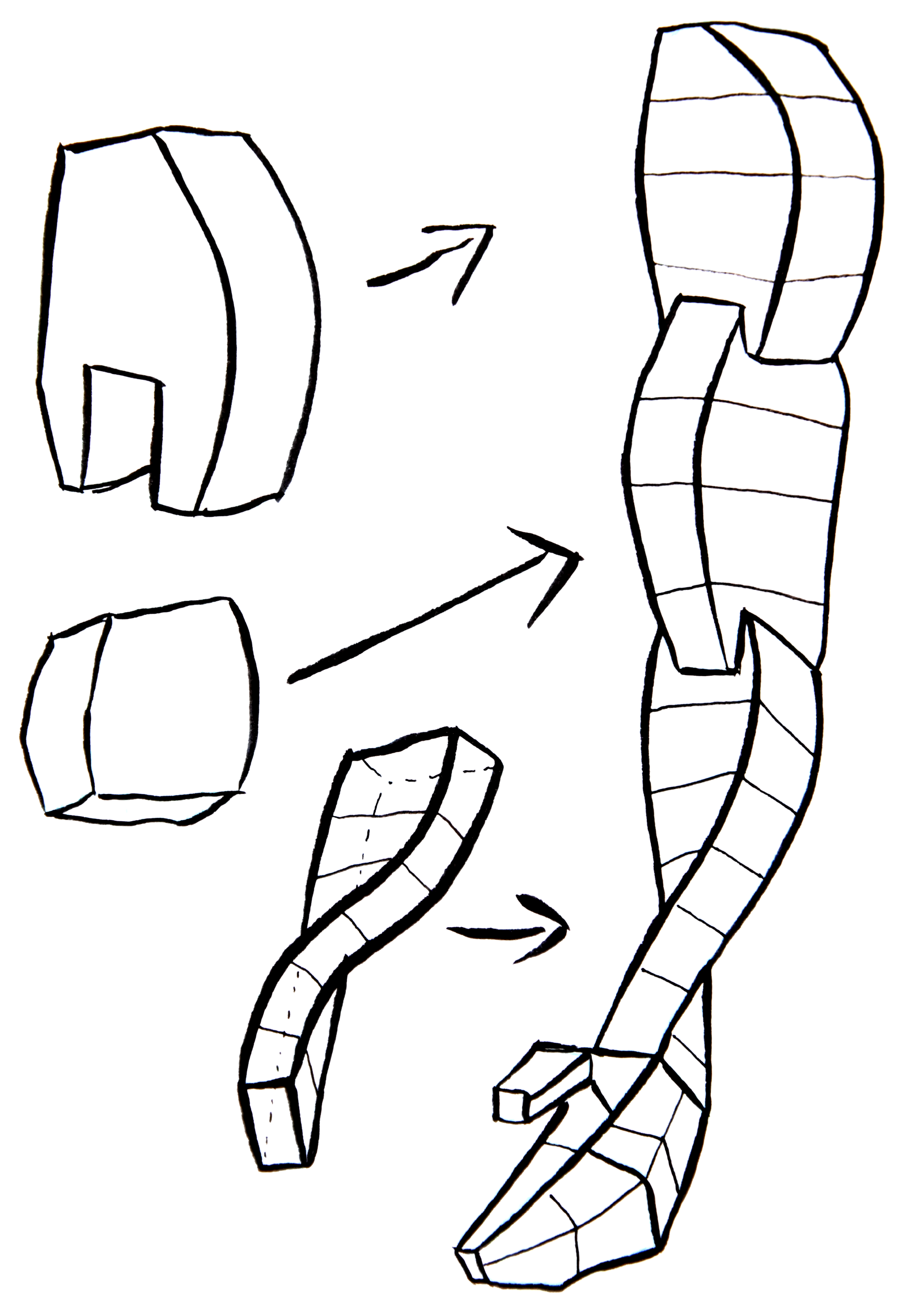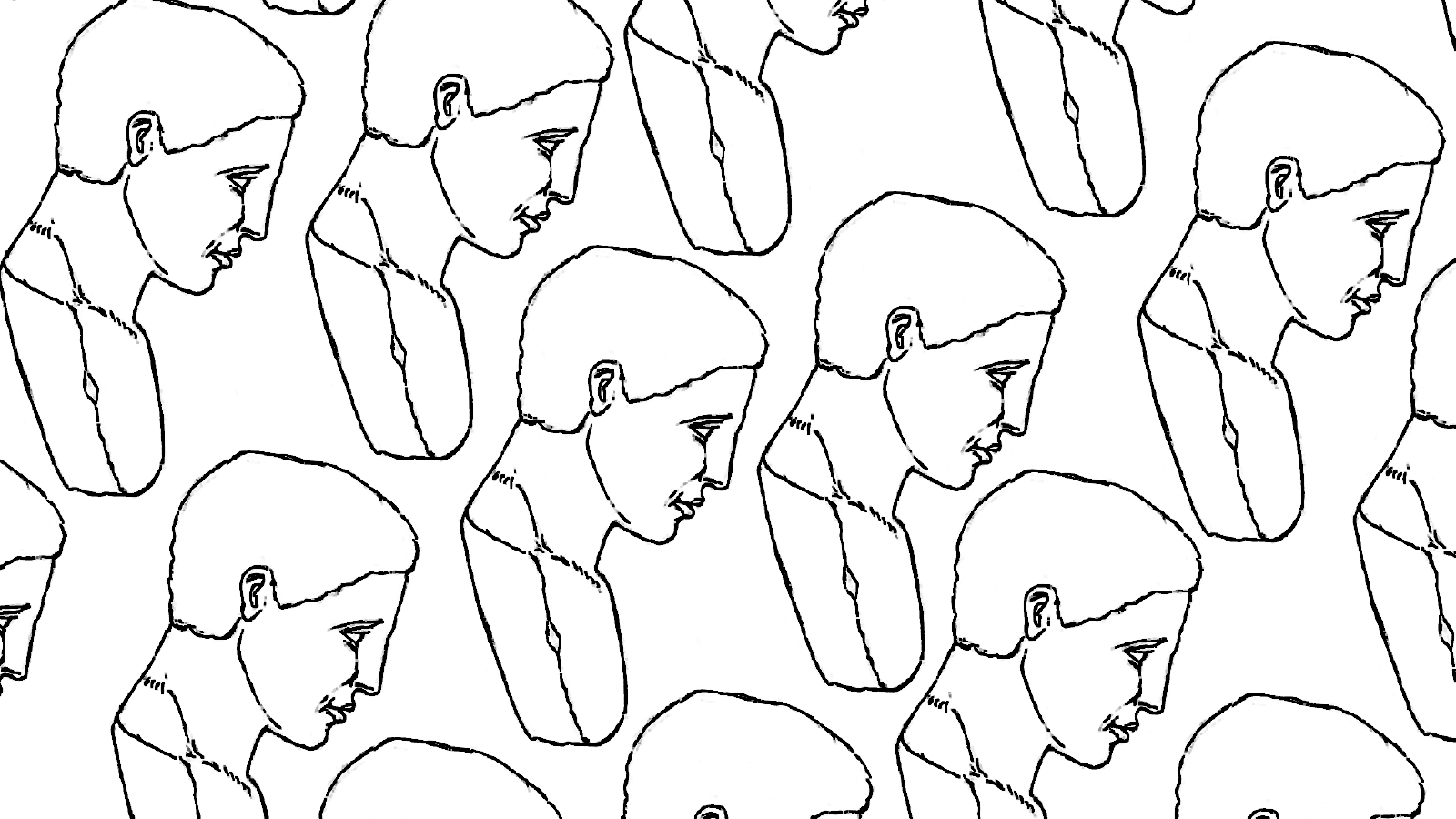#34 - The Anatomy Of Habits - Why Is It So Hard To Start Drawing Every Day?
How habits work.In this video, I am using a free online tool that I created. It allows you to select a photo reference to practice drawing from, which is, of course, nothing new.
What is new is that you can see your drawing through the camera on your mobile with the reference image transparently overlaid over your drawing.
This camera view allows you to see where you deviated from the reference. You can freeze the image, save it, and then use it to “fix” your drawing.
You can try it out for yourself here:
Augmented Reality For Artists!
(The ideas about the habit loop that are mentioned in this article are based on ideas from the book “The Power Of Habit” by Charles Duhigg. This article describes how that habit loop works for artists specifically. I can highly recommend the book, which goes into far more detail on habits.)
We do brush our teeth every day. So why is it so hard to draw every day? They are both habits, or they can be.
Anatomy Of Habits
Habits have four parts: The Trigger, Craving, Habit, and Reward.
The Trigger
The Trigger triggers the Habit. The Trigger can be a combination of a time, a place, or an event. For brushing your teeth, it’s that you are going to bed or getting up.
Why is it hard to choose a trigger for art habits? Because all too often, making art tends to have too little priority in your household. You might have a job with irregular hours, or you might have children, and their well-being comes first, so you need to be able to drop anything instantly. These make it impossible to choose a fixed slot in your day that you can guarantee is there for you every day.

The Craving
The Craving is about wanting the Reward that comes after performing the Habit. Did you know that toothpaste factories added mint taste so that you have a rewarding fresh feeling in your mouth afterward? When you have a bad taste in your mouth just before you usually brush your teeth, you start to crave the fresh feeling, and you know that executing the Habit of brushing your teeth helps you obtain that Reward.
For artists, The Craving tends to be for something impossible for us to attain at that moment! We want to draw as well as [insert your favorite artist here] who has been at it for decades, so of course, they draw better! The problem with that is that when you finish drawing, you will not get the Reward. The quality of your art will never match what you had in mind. Your ability to see what is wrong is always ahead of your knowledge of how to fix that.
One thing that makes it harder to start to draw every day is often the prospect of not being happy with how the drawing will turn out.
The Habit
The Habit is the actual activity, the thing you want to do, the part where you draw or paint. Or brush your teeth.
This can go wrong for artists because we sometimes look at other artists and see how they draw and paint, and we try to copy their way of working even if their process is not particularly suited for our temperaments.
Creating art is incredibly time-consuming and what can also cause problems is if we don’t have a lot of spare time to create.
The Reward
The Reward, aka the fresh taste in your mouth after you brushed your teeth.
As mentioned with the Craving, this goes wrong for us artists when we aim too high, when we want to draw as well as another artist who is at the top of their game after decades of practice while we are still starting.
How To Fix Your Creative Habit
Here’s the thing: you do manage to find time to go on social media. You do manage to find time to watch videos or television. So there are times of the day where you have time. There are triggers in your life that start habits.
A perhaps relevant aspect of these habits is that you experience them as down-time, resting, recuperating from the hectic day. So maybe you should structure your creative process to be that for you too. It should not add more stress and pressure because then you’d rather go on social media instead.
If you feel you don’t have a regular creative habit, then try this.
Given the above, go through your life, day-to-day activities, and see how you could somehow fit in a creative habit. Which other Habit can you replace? Can you be on social media less? Can you maybe sketch in a sketchbook while relaxing in front of a television?
The Trigger: can it be the moment when you seat yourself behind your computer? That is a place, time, and event that could trigger your Habit. The Reward and the Craving for it: could you perhaps make it slightly less ambitious? You don’t have to draw like Moebius. You can just fill a sketchbook page and maybe practice something you find hard to draw using reference. The Habit: what drawing tools do you find pleasing when drawing?
Important note: do not sacrifice sleep! Good sleep is crucial for maintaining a creative habit. You just don’t perform as well when you are not rested. Whatever you do to create or sustain a creative habit, rest and sleep come first, and your health in general: working out and eating healthy food. Don’t skimp on those.
Related
There are several good books on habit-forming that are definitely worth your time.
The Creative Habit: Learn It and Use It for Life by Twyla Tharp is a wonderfully written and inspiring read about the value of having a trigger that sets off your creative day.
The Power of Habit: Why We Do What We Do in Life and Business by Charles Duhigg does an excellent job of explaining how habits work.
Atomic Habits: An Easy & Proven Way to Build Good Habits And Break Bad Ones by James Clear explains how to install desired habits in your life. He also has a great newsletter here , and there are several good videos where he speaks, like this one .
Hooked: How to Build Habit-Forming Products By Nir Eyal is an excellent book that explains how tech companies make their digital products addictive. It gives insight into what you could do to make your creative habits addictive too. Irresistible: The Rise of Addictive Technology and the Business of Keeping Us Hooked by Adam Alter is an excellent antidote as it goes at the same problem but from a different angle, showing how to protect yourself against these addictive technologies.
Daily Rituals: How Artists Work By Mason Currey is a fantastic read about the habits of many, many famous artists. The book drives home that almost all of them started working early in the morning, worked every day, kept their routines boring so they could focus all their attention on their creative endeavors —eating the same breakfast and lunch every day for example—and that many of them went on daily walks.
Chelsea Lang has a great video about daily creative habits.
My YouTube video about Morning Pages and Pomodoro for Artists .
I created a post on how to be a child again and just have fun with, and be in awe with, making simple marks .
Here, I explain why I am on YouTube. A part of it is that it provides a great creative habit: it is fun to do, and it feels satisfying to post a video. This reward can satisfy the craving, and the trigger can be a weekly one as you should post a video at least once a week. It is just fun, which makes it perfect for gamification and habit-forming. I managed to fold it into my creative endeavors as I use what I write for my newsletter as an outline for my videos there, and I film myself drawing. Next to allowing me to reach an audience, it helps me fortify my creative habits.
Austin Kleon—of course— has a great blog post about creating a time or a place or both in our lives where we disconnect and just create. He calls it his Bliss Station which I think is a great name!
